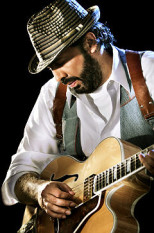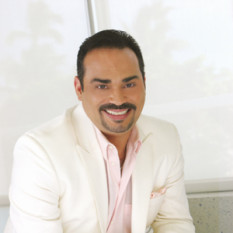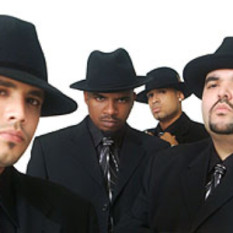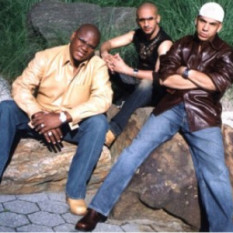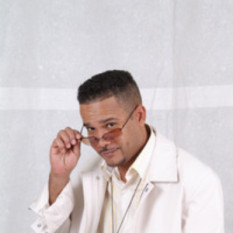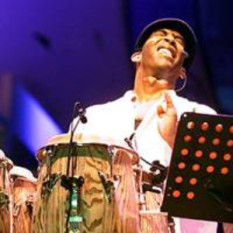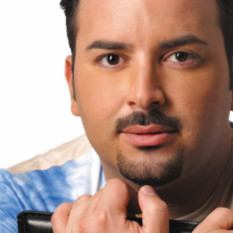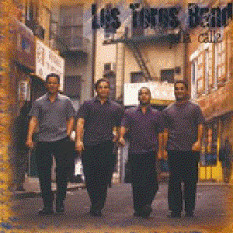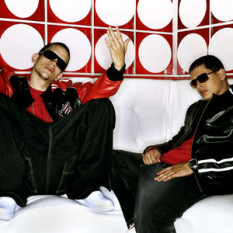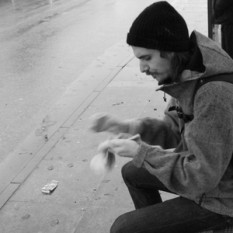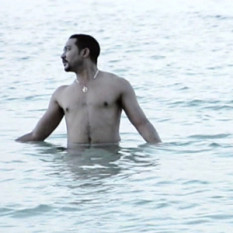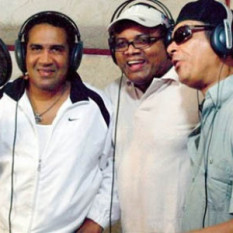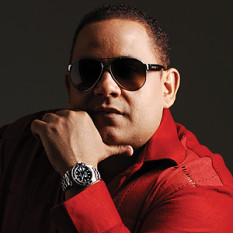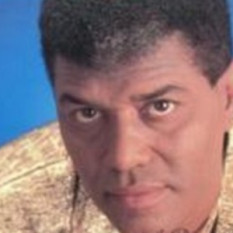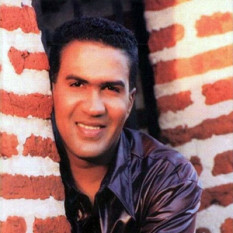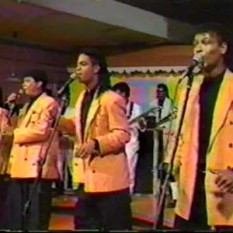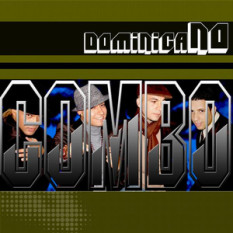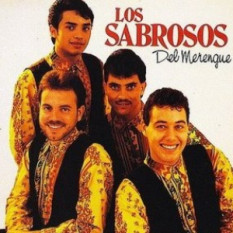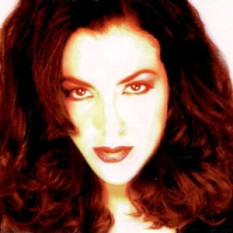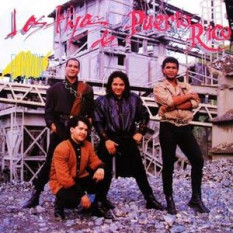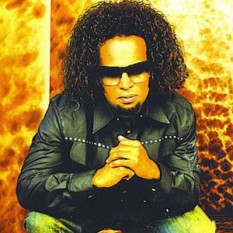Type of music and dance from Dominican Republic.The etymology of its name is much disputed. It may derived from the French meringue, a dessert made from whipped egg whites and sugar, but is equally likely to be related to similar West African words related to dance and music. Merengue are fast arrangements with a 2/4 beat. The traditional instrumentation for a conjunto típico (traditional band), the usual performing group of folk merengue, is a diatonic accordion, a two–sided drum, called a tambora, held on the lap, and a güira. A güira is a percussion instrument that sounds like a maraca. It is a sheet of metal with small bumps on it (created with hammer and nail), shaped into a cylinder, and played with a stiff brush. The güira is brushed steadily on the downbeat with a "and-a" thrown in at certain points, or played in more complex patterns that generally mark the time. "Caballito" rhythm, or a quarter and two eighths, is also common. The double headed drum is played on one side with a stick syncopation and on the other side with the palm of the hand. Three main types of merengue are played in the Dominican music because of its suggestive lyrics and the sensual movements of merengue dancers. The music's very name suggests controversy: "perico ripiao", literally "ripped parrot", is said to be the name of a brothel where the music was originally played. Of course, efforts to censor the music were unsuccessful and largely counterproductive, since its popularity has continued up to the present time.
Merengue is first mentioned in the Dominican Republic in 1854. In the Dominican Republic it was promoted by Rafael Trujillo, the dictator from the 1930 to 1961, who turned it into the country's national music and dance style. In the United States it was first popularized by New York-based groups and bandleaders like Rafael Petiton Guzman, beginning in the 1930s, and Angel Viloria y su Conjunto Típico Cibaeño in the 1950s. It was during the Trujillo era that the merengue "Compadre Pedro Juan", by Luis Alberti, became an international hit and standardized the 2-part form of the merengue.
Internationally known merengue singers and groups include Fernando Villalona, Juan Luis Guerra, Eddy Herrera, Toño Rosario & Los Hermanos Rosario, Los Toros Band, Sergio Vargas, Wilfrido Vargas, Johnny Ventura, Bonny Cepeda, Miriam Cruz & Las Chicas Del Can, Joseito Mateo, Luis Ovalles, the aforementioned Angel Viloria, El Cieguito de Nagua, Kinito Mendez, Ravel, Jossie Esteban y la Patrulla 15, Pochy y su Cocoband, Cuco Valoy, The Freddy Kenton Orquestra, Ramón Orlando, Sandy Reyes, Rasputin, Peter Cruz, Alex Bueno, Aramis Camilo, Jochy Hernández, El Zafiro, Dioni Fernandez, The New York Band, Anibal Bravo, Conjunto Quisqueya, Olga Tañón, Gisselle, and Grupomanía. Milly Quezada is known as the Queen of Merengue. The popularity of Merengue is growing fast in Venezuela. Venezuelan merengueros include Roberto Antonio, Miguel Moly, Natusha, Los Melodicos. Merengue is also popular in the coastal city of Guayaquil in Ecuador. The merengue produced in New York has become very popular among the lovers of this rhythm. Some of the New Yorkers who produce this new merengue sound are Mala Fe, Henry Jimenez, and Aybar. .



